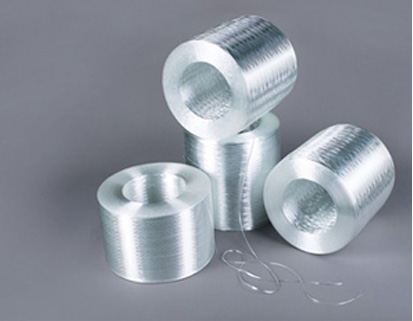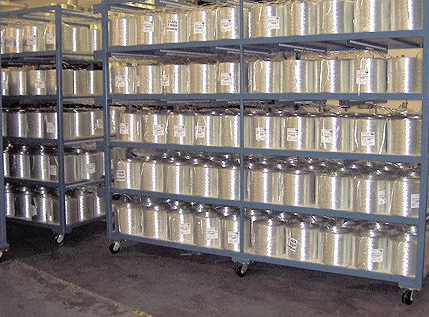E-glass
“E” because of initial Electrical application, is alkali free, and was the first glass formulation used for continuous filament formation, is a kind of borosilicate glass. At present, it is the component of a glass fiber used most widely used glass, with good mechanical strength and electrical insulation, widely used for electrical insulation glass fiber production, can also be used for glass fiber production of glass steel. However, the shortcoming is that it is easy to be inorganic acid erosion, therefore not suitable for use in acidic environment.
C-glass
Alkali-lime glass with high boron oxide content, used for glass staple fibers and insulation, its characteristic is the chemical resistance,,especially the resistance to acid is better than that of alkali free glass, but poor electrical performance, mechanical strength is lower than the non alkali glass fiber is 10% ~ 20%, three boron oxide containing certain quantity of medium alkali glass fiber usually abroad two, while alkali glass fiber China is completely free of boron.
High strength glass fiber: the characteristics of high strength, high modulus, high strength than E-glass fiber.
AR-glass
Alkali Resistant (AR) glass fibers are designed specifically for use in concrete. They are manufactured from a specially formulated glass composition with an optimum level of Zirconia (ZrO2) to be suitable for use in concrete.
E-CR glass
Electrical/Chemical Resistance; alumino-lime silicate with less than 1% w/w alkali oxides, with high acid resistance
D-glass
Borosilicate glass, named for its low Dielectric constant


 info@unicomposite.com
info@unicomposite.com


























